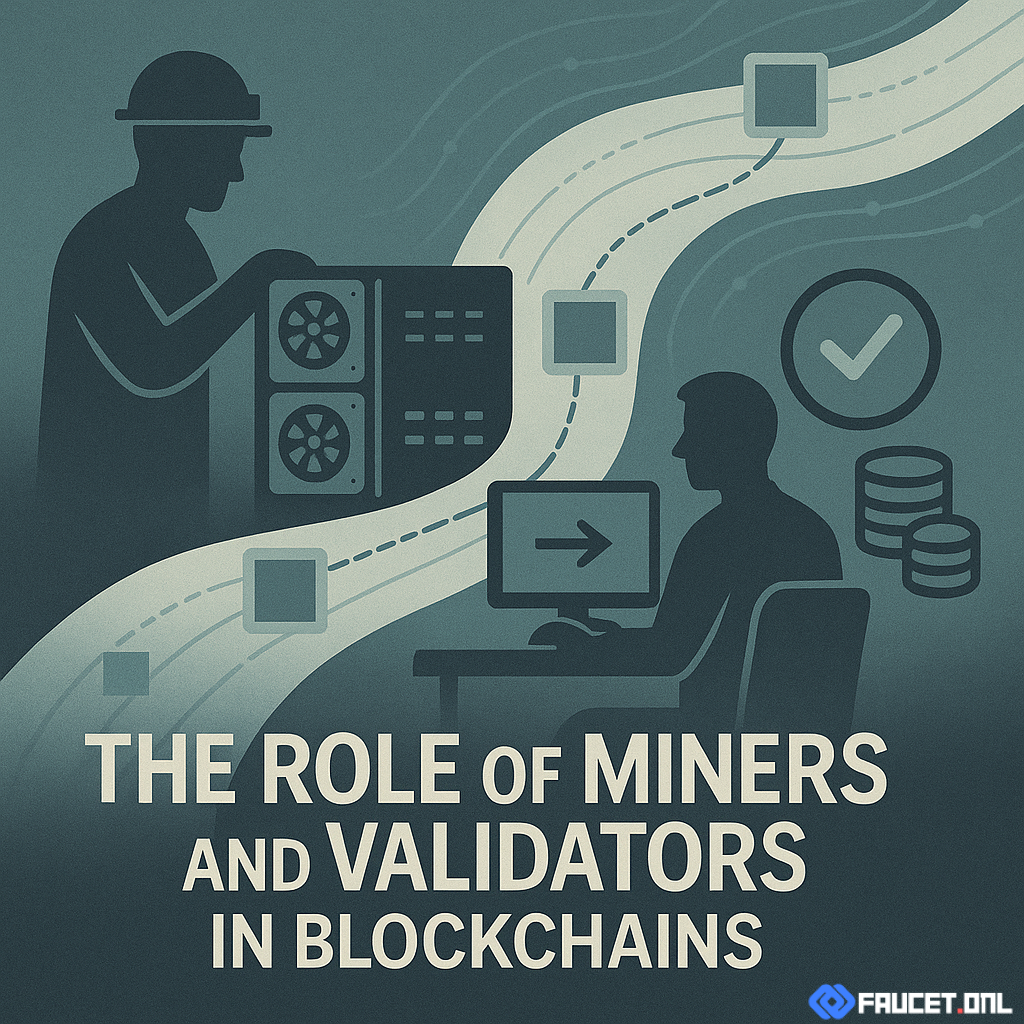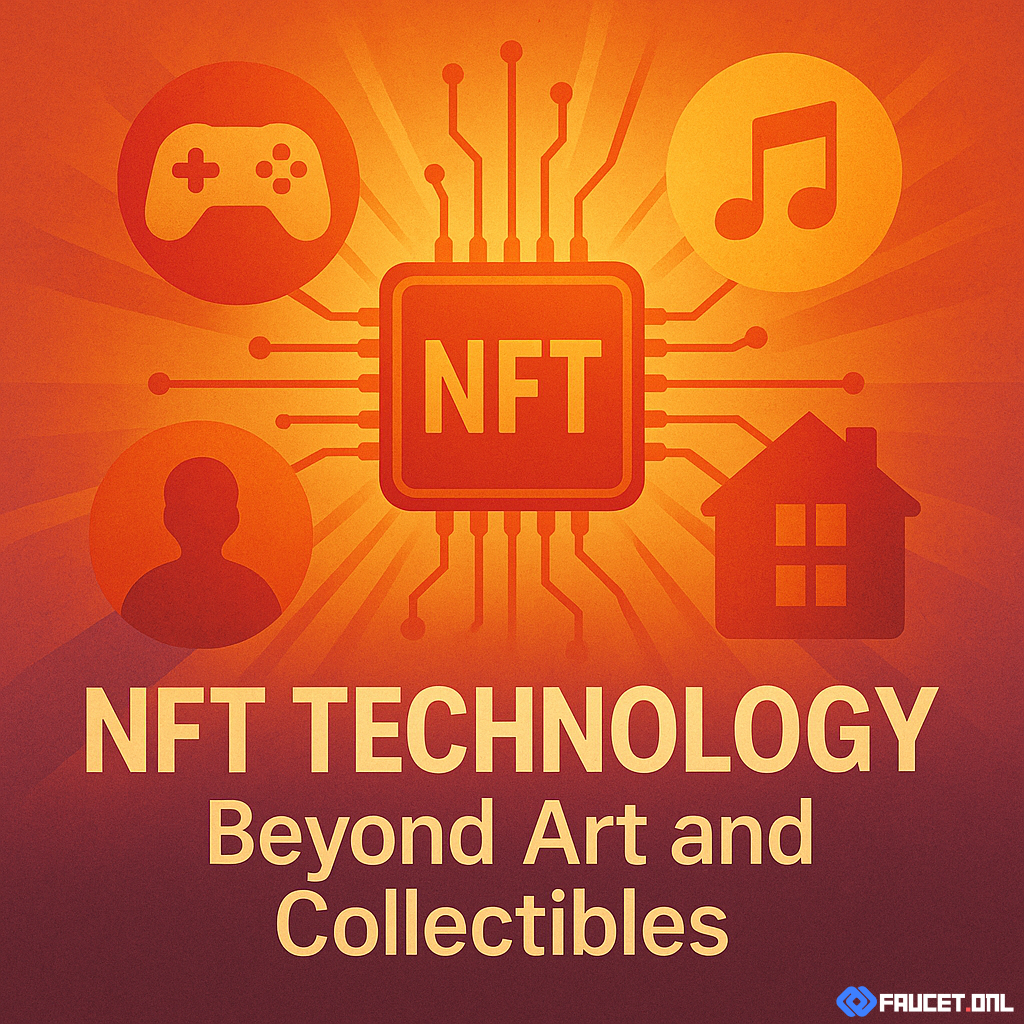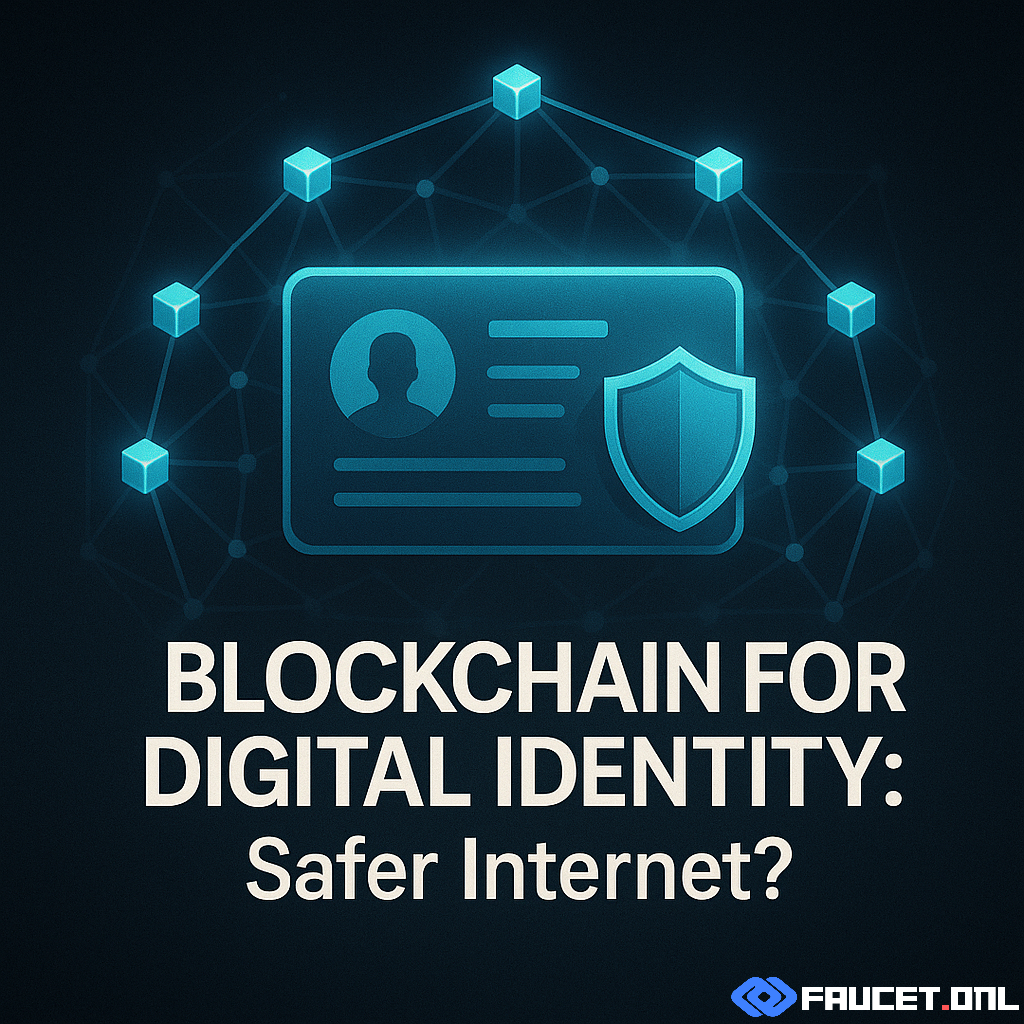Miners vs. Validators: What’s the Difference?
At the core of any blockchain network are participants who validate and record transactions. Traditionally, “miners” are associated with Proof of Work (PoW) blockchains like Bitcoin, while “validators” refer to nodes in Proof of Stake (PoS) networks like Ethereum 2.0 or Solana. Both ensure the network’s integrity but follow fundamentally different processes.
- Miners (Proof of Work): Use computational power to solve complex mathematical puzzles. The first to solve the puzzle adds a new block and earns a reward.
- Validators (Proof of Stake): Lock up (stake) tokens for a chance to propose and confirm blocks. Selection is often random, but weighted by the amount staked.
While both serve to validate transactions and secure the blockchain, their economic incentives, energy consumption, and technical requirements differ significantly.
Their Role in Blockchain Networks
Miners and validators both have the essential job of verifying transactions and adding them to the blockchain ledger. This prevents double-spending and maintains a transparent, immutable record of all network activity. They act as decentralized referees, ensuring everyone follows the rules.
- Transaction Validation: Both check the validity of each transaction according to the blockchain’s protocol rules.
- Block Production: Miners build blocks by solving cryptographic puzzles; validators are chosen to propose or attest to new blocks.
- Network Security: The decentralized structure, coupled with economic incentives, makes it costly for malicious actors to attack the system.
Without miners and validators, blockchain would lose its fundamental qualities of trustlessness and decentralization.
How They Work: Inside the Process
In Proof of Work systems, miners compete to solve puzzles based on the block’s hash, using significant computational resources. The first miner to solve it broadcasts the block to the network, and if other nodes verify its validity, it’s added to the chain. Miners receive block rewards and transaction fees as incentives.
Proof of Stake systems replace energy-intensive computation with staking. Validators lock tokens, and the protocol selects one (or more) to propose a new block. Other validators attest to its validity, and when enough consensus is reached, the block is finalized. Validators risk losing their staked tokens (slashing) if they act maliciously.
- PoW: Energy-intensive, requires specialized hardware (ASICs, GPUs), rewards for computational effort.
- PoS: Energy-efficient, security via economic stake, incentives and penalties built in.
Hybrid and emerging consensus models (like Delegated PoS or Proof of Authority) further refine these roles, but always rely on some form of block production and validation by trusted or incentivized participants.
Challenges Facing Miners and Validators
Despite their critical roles, miners and validators face technical and economic hurdles:
- For Miners: Increasing difficulty, high electricity and hardware costs, environmental concerns, and the risk of centralization.
- For Validators: Slashing risks (loss of staked tokens), need for uptime and security, software complexity, and shifting protocol requirements.
- General: Both face the ongoing threat of new attack vectors, changing regulations, and protocol upgrades that can affect rewards and viability.
These challenges drive ongoing innovation in blockchain design and operational best practices.
Future Outlook: Evolution of Block Production
As blockchain technology matures, the roles of miners and validators are set to evolve. Energy concerns and scalability have already driven a shift from PoW to PoS in major networks like Ethereum. Looking ahead, expect further innovations in consensus—such as sharding, zero-knowledge proofs, and new incentive models—to make block production more secure, efficient, and decentralized.
The continued refinement of miner and validator roles is essential for the blockchain ecosystem’s sustainability and security. For fans of blockchain mechanics, the evolution of these critical players will remain a dynamic and fascinating frontier.



